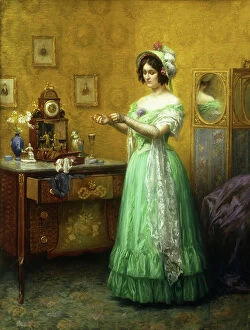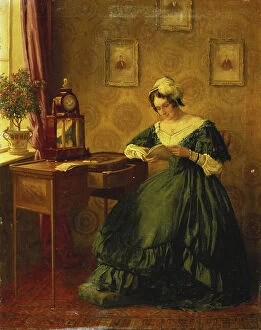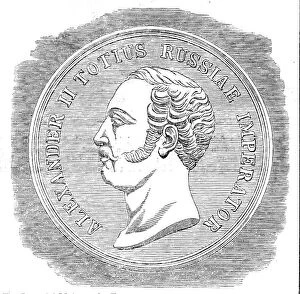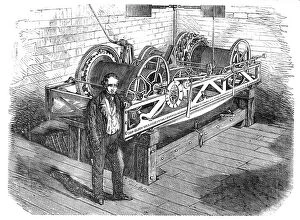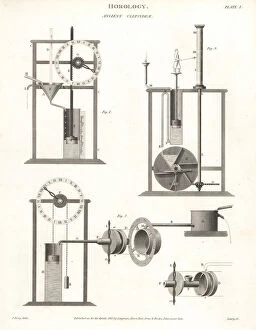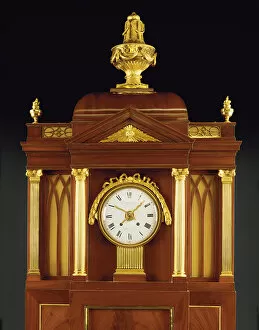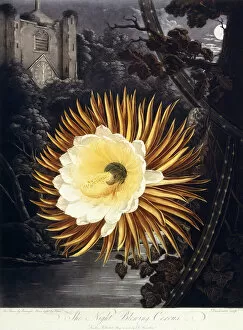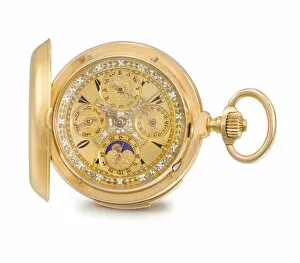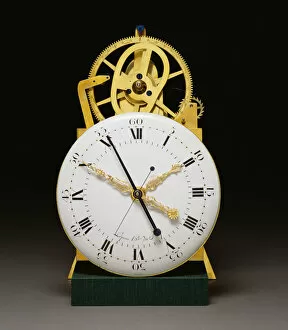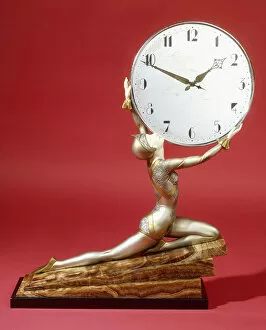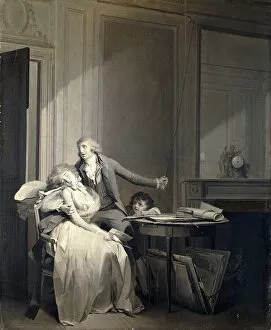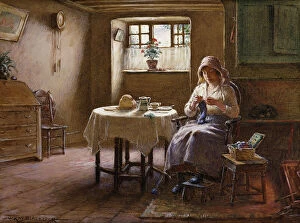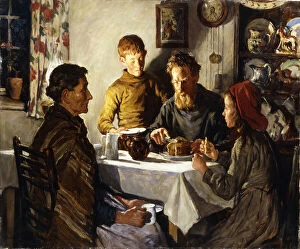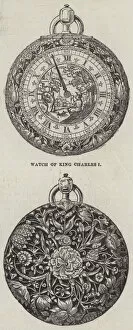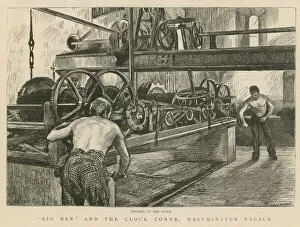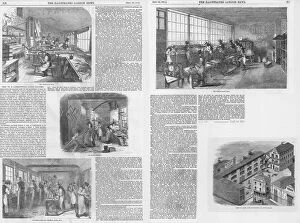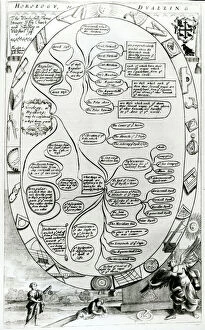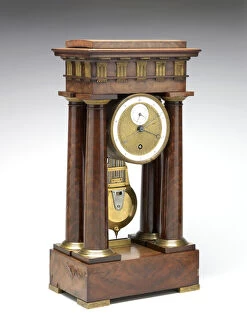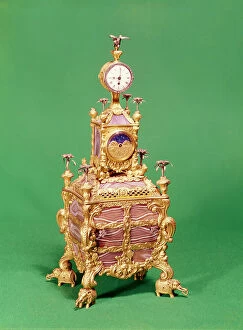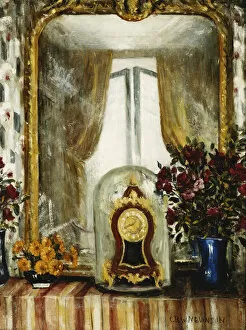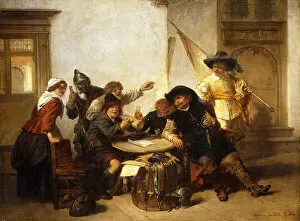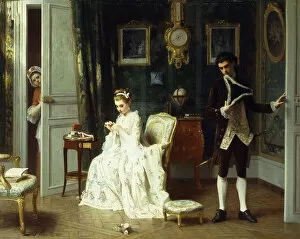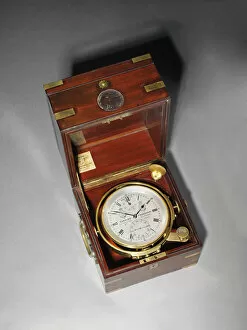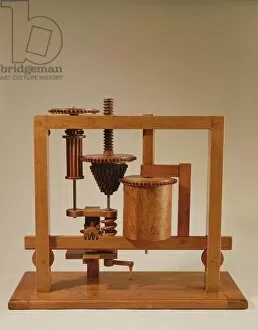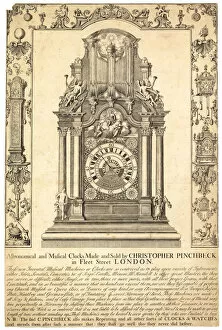Horology Collection
Horology, the art and science of timekeeping, has a rich history that spans centuries
For sale as Licensed Images
Choose your image, Select your licence and Download the media
Horology, the art and science of timekeeping, has a rich history that spans centuries. From Harrison's First Chronometer to the Sciathericon for determining time, humans have always been fascinated by measuring and understanding the passage of time. In ancient times, water clocks or clepsydrae were used to mark the hours with their ingenious mechanism. These early inventions paved the way for more intricate timepieces like the Musical Organ Clock from the late 18th century. Crafted with ormolu and brass-mounted mahogany, it not only told time but also filled the air with melodious tunes. As technology advanced, horologists delved into new realms of innovation. The Night Blowing Cereus in 1800 was captured beautifully in a coloured engraving - a testament to both nature's beauty and man's desire to capture its essence through art. The evolution continued with remarkable creations like the Minute Repeating Full Calendar Keyless Lever Watch from around 1900. Encased in luxurious 18k gold, this exquisite piece featured moon phases and showcased masterful craftsmanship. Bronze clocks became popular during the late 19th century; one such example is a stunning bronze clock dating back to approximately 1895. Its intricate design speaks volumes about an era when aesthetics met functionality seamlessly. Artists found inspiration in horology as well. The Attic Room depicted in a vibrant colour etching transports us back to 1940s nostalgia where every tick-tock echoed within those four walls. A close-up view reveals Louis XVI ormolu dial and movement - an epitome of elegance fused with precision engineering. This masterpiece showcases how they are be elevated into an art form itself. Royalty too embraced these marvels; George III owned an ormolu-mounted ebonised striking and musical eight-day table clock that added opulence to his surroundings while keeping him punctual amidst regal affairs. Even sculptures paid homage to the significance of time.


